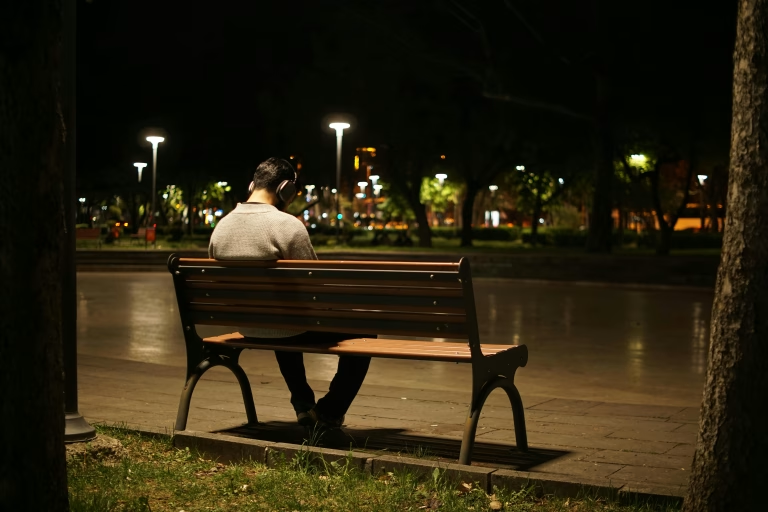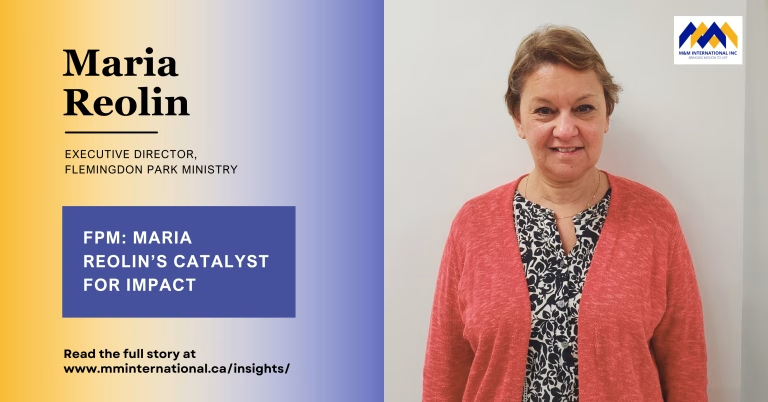By Stuart Mann
VIEWED from the sidewalk, the Order of the Holy Cross Priory in Toronto is the picture of permanence. Formerly a grand Victorian house, the priory is a delightful sandstone and brick building with a deep porch and a tower. It is located in one of the city’s most beautiful and affluent neighbourhoods, just a short walk from High Park.
But looks can be deceiving. The priory is entering a time of transition. “It’s a lovely place to live, but it’s not adequate,” says the Rev. David Hoopes, one of six monks from the Order of the Holy Cross who live in the house. “It’s simply not big enough. Despite being an ample Victorian house, it was built as a family house, not as a monastery.”
With the help of an advisory committee, the order is exploring the future of the priory. One option is to sell the house and buy a bigger building elsewhere. Another possibility is to purchase a piece of land and build a monastery on it. A third option is to fix up the existing house and put an addition on the back for guests.
Whatever is decided, the brothers want to stay in the Greater Toronto Area. “We really do want to honour our commitment to be an urban ministry, if possible,” says Brother David.
The Order of the Holy Cross is a monastic community of men in the Anglican tradition. It was founded by an Episcopalian priest, the Rev. James Huntington, in New York City in 1884. Its main monastery, affectionately called the “mother house,” is in West Park, New York, on the banks of the Hudson River.
At the invitation of the late Archbishop Lewis Garnsworthy, the order came to Toronto in 1972 and opened its first house, located off St. Clair Avenue in the parish of St. Michael and All Angels. “Archbishop Garnsworthy wanted an order of men to establish an urban monastery in the diocese, and we were very eager to do so,” says Brother David. “We had some Canadian brothers in the order, and we had enjoyed a very warm relationship with the Anglican Church of Canada.”
A little more than a year after their arrival, the brothers moved to a new house on Humewood Avenue. They remained there until 1984, when they bought the current priory, located at 204 High Park Ave. The house was owned by St. John, West Toronto, which is located next door.
Since their arrival in Toronto, the brothers have served the diocese in a number of ways, including as parish priests, mission leaders, teachers and spiritual directors. Six brothers currently live in the priory and a seventh, the Rev. Brian Youngward, lives in the parish of St. Paul the Apostle, Rexdale, where he is the incumbent.
In addition to their duties outside the priory, the brothers are expected to take part in four prayer services and the Holy Eucharist daily and devote an hour to private meditation and an hour to studying scripture and theological writings. They take part in the chores of the house, including cooking, and attend meetings of the order.
As Benedictines, one of their most important tasks is to provide hospitality. “St. Benedict taught that every guest was to be received as though he or she were Jesus Christ,” says Brother David.
In their current house, that is proving ever more difficult to do. Like many monasteries across North America, the priory has experienced a surge in interest from individuals and groups who want to go on retreat. With space for only two overnight guests, it cannot keep up with demand.
“I get requests all the time from people wanting to stay, and I have to tell them that we can only take two,” says Brother David, who, in addition to being the prior, is also the house’s guest master. By contrast, the order’s three other monasteries (there are two in the United States and one in South Africa), each have room for 20 to 40 guests.
Brother David says people want to go on retreats at monasteries and convents because “there’s a hunger for spirituality and a desire to be in community.” He says the Order of the Holy Cross appeals to people because it is diverse and inclusive. “We are of different backgrounds, races, ages, cultures and even churchmanship. People assume we’re all Anglo-Catholics, but that isn’t the case. We also try not to be judgmental.”
In addition to providing hospitality, the order also hopes to attract more men to the monastic life. “That means we have to be very intentional in our recruitment, including having adequate facilities,” he says.
He describes the Benedictine tradition as “very down to earth. It’s not exotic. It’s grounded in the here and now, but it’s enriched by centuries of steady prayer and involvement in society.”
As the brothers discern a way forward, they are supported by about 200 men and women across Canada, called “associates,” who follow a rule of life that involves prayer, study and retreat. They pray for the brothers and provide financial assistance as they are able. The brothers also work with the Sisterhood of St. John the Divine in Toronto and the Community of the Sisters of the Church in the Diocese of Niagara.
As they explore the future of their priory, Brother David feels confident that the order will continue to serve in the diocese for years to come. “We’ve always felt very welcomed in the Diocese of Toronto and the Anglican Church of Canada, and we’ve always felt that we’ve been wanted here and to be part of the life of the church here. We want to do everything we can to ensure that that happens.”




